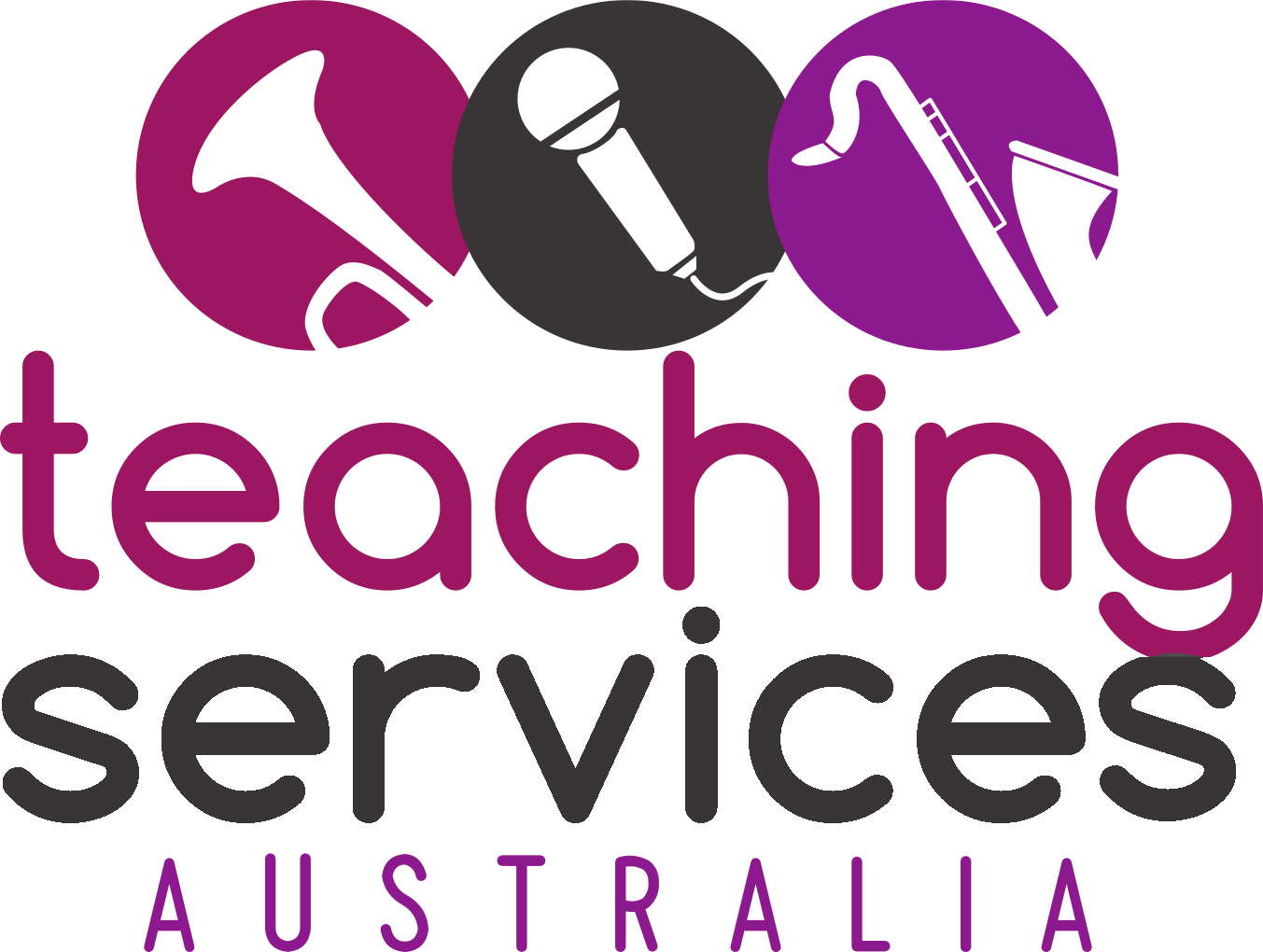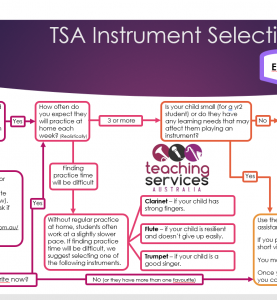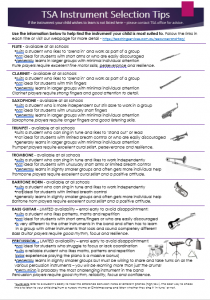At first, choosing what instrument your child will play in the band may seem daunting. It is an investment of time and money, so it is important to get it right. There are a few points to consider that make the selection process much simpler. TSA has also created some resources below to help with your decision. We suggest looking at the points and resources below with your child to help make selecting an instrument more clear.
- What instrument will most inspire and engage your child? – Your child is more likely to practise an instrument they enjoy or feel a connection with.
- What instrument will suit their personality? – Different instruments require different characteristics such as collaboration, resilience, ability to work independently or attention to detail.
- What instrument will suit their physical attributes and skills? – With enough practise skills can be learned and physical challenges can be overcome…but finding an instrument your child is naturally suited to makes this process easier.
Students will also have the opportunity to meet with TSA staff at school to help discover which instrument they are most suited to (if you registered their Expression Of Interest in time). If you missed the instrument trials at your school you can still use the resources below to help answer these questions and find out more about the various instruments available to learn in the band.
Once you have decided on which instrument will best suit your child you can then proceed to online enrolment.
NOTE: if viewing links below on your phone they are best viewed using the free ADOBE viewer app (you will probably be prompted to download if you do not already have it) – no account or login required.
Other important information…
- There are no “left handed” instruments in the Concert Band – all musicians on any instrument need to be ambidextrous so this should not come into consideration when selecting an instrument.
- Size does make some instruments easier so do take that into account, but most students in year three who are average size or bigger will be tall/strong enough to play any of these instruments. In fact, most students will find the larger instruments EASIER to play. Smaller students may need to be a little more resilient on some instruments (such as flute, saxophone, trombone or bass guitar) where reach or finger grip is important but their size should not usually prevent them from playing an instrument if they are committed and engaged.
- Bass Guitar and Percussion – these instrument will have limits on enrolment numbers at most schools so if either of them are on your shortlist it is advisable to make a decision early and enrol as soon as possible to avoid disappointment.
- Percussion – students who learn percussion in the band are expected to learn ALL the various percussion instruments. Each school will have a slightly different collection of percussion instruments but most will include; snare drum, bass drum, glockenspiel and ‘auxiliary’ percussion (tambourine, cowbell, cymbals, triangle, etc). Students will take it in turns to play each of these instruments and must we willing to share and work as part of a team. Students will also begin learning the full drum kit after around 12 months and will need a full drum kit at home to practise on at this time.
- Instruments like keyboard, piano, acoustic and electric guitar or violin are not part of a concert band program. If your child wishes to learn one of these instruments our tutors are not able to offer this through the school band program. If your child already plays one of these instruments and would like to be part of the band program the easiest option would be for them to learn a new band instrument. If that is not possible please contact our office in case there is some other way we can include them in the band – however at most schools this is not possible.


